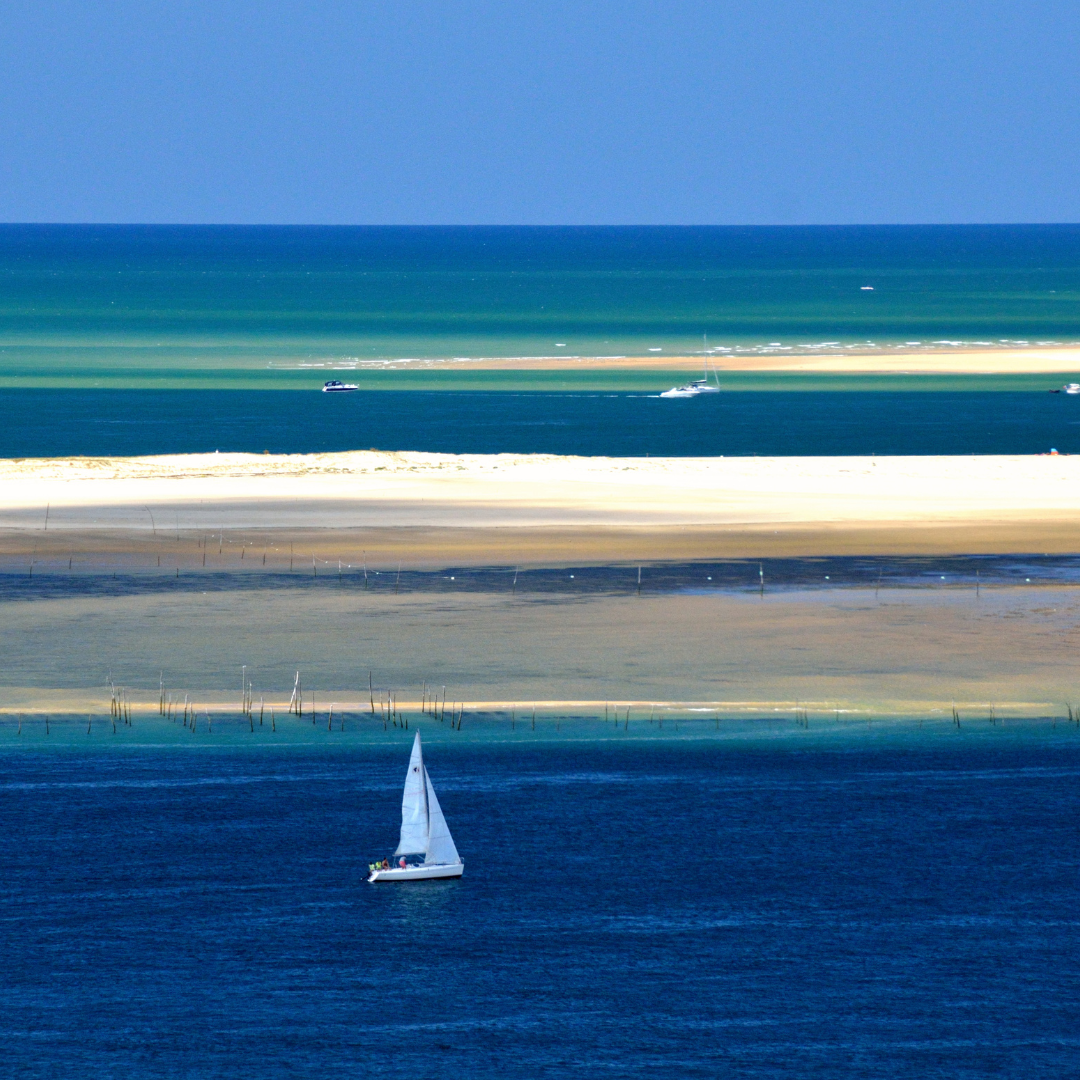Mauritania’s Desert Nomads and Coastal Culture: Immersing in Local Traditions

Mauritania, a vast land where the rolling dunes of the Sahara meet the crashing waves of the Atlantic, is a country of contrasts. From its ancient desert nomads to the bustling coastal communities, it’s a nation that’s deeply rooted in traditions, where each region tells its unique tale. While the landscape shifts from arid to aquatic, one thread remains consistent: a rich cultural tapestry woven over centuries. This article delves into the heart of Mauritania, exploring the traditions, customs, and lifestyles that define this enchanting West African nation.
The Nomadic Life: Understanding the Moors
The Moors, Mauritania’s predominant ethnic group, have roamed the vast Sahara for centuries. These desert nomads are the backbone of the nation’s cultural fabric, with their traditions seeping into every aspect of Mauritanian life. The Moors are divided into subgroups, each with its unique customs, but their shared love for freedom and the desert is evident. Their lifestyle revolves around livestock, especially camels, which serve as transport, companions, and status symbols. The traditional Moorish tent, made of woven camel hair, is both a practical dwelling against the desert elements and a symbol of their nomadic existence. Family and tribal ties run deep, with oral storytelling, particularly tales of valor and honor, playing a vital role in preserving their history.
Traditional Music and Dance: The Soul of Mauritania
Music and dance are intrinsic to Mauritanian culture, echoing the nation’s diverse landscapes and histories. Instruments like the “tidinit” and the “ardine” produce melodies that resonate with the rhythms of the desert. Griots, the traditional musicians, are revered storytellers who use music to narrate ancient tales, sing praises, or communicate social commentaries. The dance forms, whether the fluid movements of the Moorish “Lewlewal” or the spirited coastal dances, showcase the country’s multifaceted cultural identity. Each performance, be it a song or a dance, is a window into the Mauritanian soul, reflecting its joys, sorrows, aspirations, and memories.
Crafts and Trade: From Desert Tents to Coastal Nets
Artisanship in Mauritania is a testament to the nation’s resourcefulness and creativity. In the desert regions, skilled craftsmen fashion items like leather bags, intricate jewelry, and the aforementioned tents, each bearing unique tribal motifs. Along the coast, craftsmanship takes on a maritime hue. Here, fishing nets are meticulously woven, while boats are crafted to withstand the Atlantic’s fury. The markets, whether in the desert towns or coastal hubs, brim with these artisanal treasures, offering glimpses into the daily lives and trades of the Mauritanian people.
Gastronomy: A Taste of the Desert and the Sea
Mauritanian cuisine is a delectable fusion of its desert and coastal influences. In the arid regions, dishes like “Mechoui” (roasted lamb) and “Thieboudienne” (fish and rice) dominate the menu. Dates, a desert staple, are consumed in various forms. Along the coast, seafood reigns supreme, with fresh catches being transformed into flavorful stews and grills. The country’s tea culture deserves special mention. Whether amidst the dunes or by the sea, the ritualistic preparation and consumption of tea, often infused with mint, is a cherished tradition, symbolizing hospitality and camaraderie.
Linguistic Landscape: Arab, Pulaar, Wolof, and Beyond
Mauritania’s linguistic diversity mirrors its rich cultural mosaic. While Arabic, particularly the Hassaniya dialect, is predominant, languages like Pulaar, Wolof, and Soninke are spoken across various regions. This multilingual environment has resulted in a unique linguistic tapestry, with intermingling of words, phrases, and sometimes even grammar. It’s a testament to the nation’s inclusive spirit, where different languages coexist, each enriching the other.
Celebrations and Festivities: A Glimpse into Local Joy
Festivities in Mauritania, whether religious like Ramadan and Eid or cultural like the Nouakchott camel races, are vibrant affairs. They are times of community bonding, of forgetting daily hardships and indulging in joyous revelry. Music, dance, feasts, and traditional games dominate these celebrations, transforming towns and villages into hubs of happiness. Each festivity, while rooted in tradition, also evolves with time, incorporating contemporary elements while preserving its core essence.
Building Bridges: Cultivating Cultural Understanding
As Mauritania opens its doors wider to the world, the importance of cultural understanding becomes paramount. For travelers, immersing in local customs, respecting traditions, and actively engaging with the community can foster lasting bonds. Mauritania, with its rich heritage, offers a plethora of learning opportunities. Whether it’s mastering a traditional craft, partaking in a desert expedition, or simply conversing with a local over tea, every interaction is a step towards building cultural bridges.
Mauritania, with its blend of desert nomads and coastal vibrancy, offers a journey like no other. It’s a nation where ancient traditions seamlessly merge with the present, where the call of the muezzin mingles with the melodies of the ocean, and where every grain of sand has a story to tell. To truly understand Mauritania is to immerse oneself in its traditions, to listen, learn, and love. It’s a voyage not just across a geographical landscape, but also through the annals of time, offering insights into a culture that’s as vast and mysterious as the Sahara itself.


